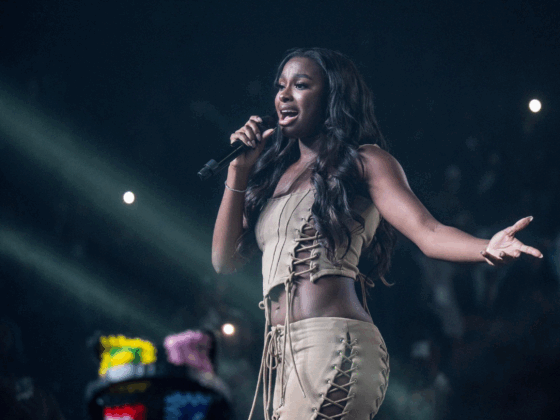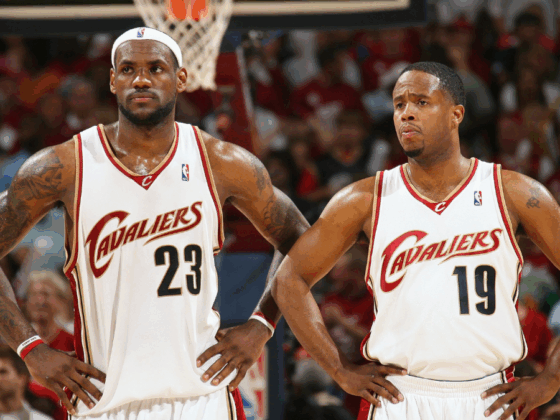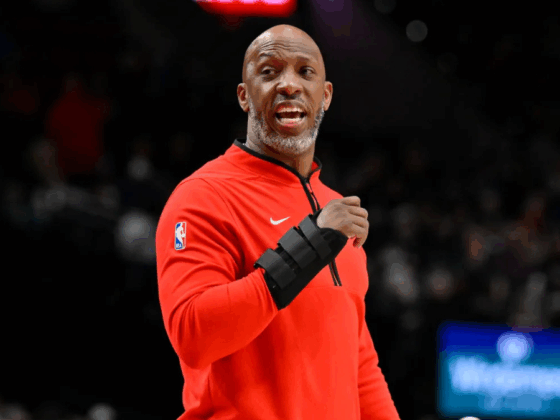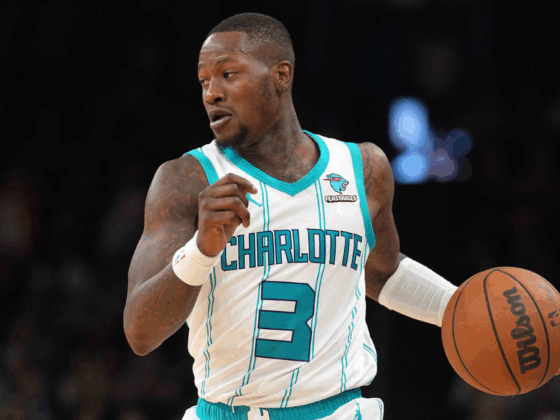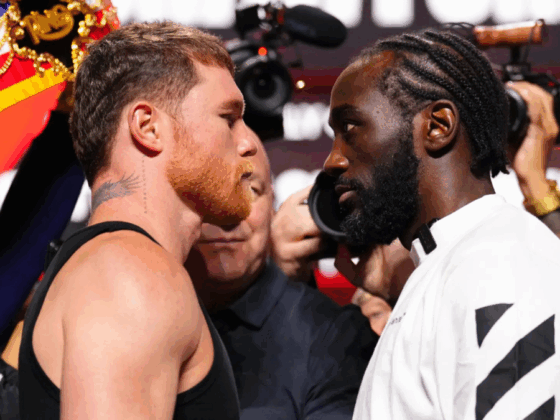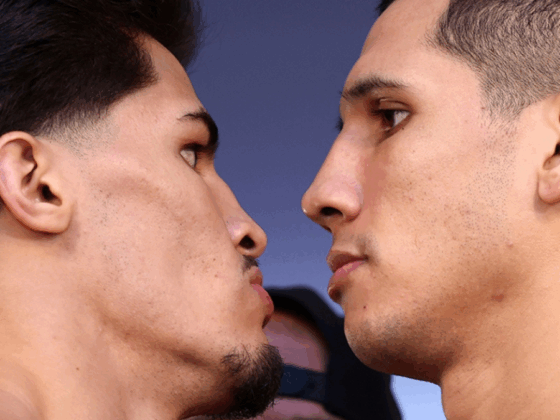
The potential for another possible NBA lockout during the 2017 season is more apparent than ever now due to the possible historic increase in the NBA Salary Cap for the 2016-17 season.
Get your check books ready, NBA owners.
A meeting this week failed to produce a compromise between the two sides, the NBA represented by Adam Silver and the players union represented by Michele Roberts. This is a move that could have significant implications for potential 2016 free agents like Kevin Durant, LeBron James, Roy Hibbert, Al Horford and even restricted free agents like Anthony Davis, Andre Drummond and Damian Lillard. The teams that have positioned themselves to have cap space for that summer, most notably the Los Angeles Lakers, New York Knicks, Boston Celtics, Philadelphia 76ers and Toronto Raptors, are either excited for this or very worried for their futures.
Following from ESPN’s Brian Windhorst.
The NBA announced Wednesday that the players’ union formally rejected a so-called “cap-smoothing” proposal that would pay players the same 51 percent of basketball-related income they get under the current collective-bargaining agreement, while artificially lowering the cap over several years. The plan was put forth to manage the influx of revenue that is coming with the $24 billion television deal that begins after next season.
NBA teams using internal data are projecting the salary cap to jump to between $88 million and $92 million per team, sources told ESPN. To compare, this season the cap is set at $63 million and next season it is projected to land at about $66 million. To put it into perspective, the largest salary-cap jump in history is $7 million in one season. What happens in 2016 could triple that leap.
Owners have been trying to avoid such a spike because it would dramatically raise salary levels for free agents that season. James, for example, could take his salary from about $22 million next season to around $30 million if he signs for the maximum salary in 2016.
Seemingly, such a spike would cause an immense problem for the NBA and it’s owners, as Windhorst stated. The teams don’t want to pay these guys that money they command, taking the money out of their pockets, away from their other investments and endeavors.
On the other side of it, this might mean a contract for guys who get the ‘4- year max’ now, which is about 14-17 million over the years would seemingly be a bargain, much like what Chandler Parsons has with the Dallas Mavericks.
Remember Stephen Curry, the Golden State Warriors MVP candidate, only signed a 4 year extension with the team and it expires in 2016-17, but he’s making 12 million in his last season. Compare that to the contracts new NBPA Vice President LeBron James or Carmelo Anthony signed over the summer, who have contracts in the $22 million dollar range. It’s also important to note, LeBron’s contract has an opt-out clause, which he can exercise after this season, to possibly sign a bigger deal.
While nothing is set in stone, this might not be a good omen for what is to come.
Potentially bad news like a possible lockout in the future.
More from ESPN.
• In an effort to manage the surge in income in 2016 coming from the league’s new $24 billion TV deal, the NBA tried to sell the union on a “cap-smoothing” plan that would pay players the same 51 percent of basketball-related income as ever, but while artificially lowering the cap over several years. The union rejected that plan.
• The 2015 cap is set at $63 million and was projected to hit $66 million in 2016. New revenue is estimated to hike the 2016 cap to between $88 million and $92 million.
• The largest salary-cap jump in NBA history, until now, was $7 million in one season. Increases in the 2016 cap will triple that increase.
• There might be free agents this summer who accept only one-year contracts so they can retest the market in 2016, when there is more money available.
• The likelihood of a lockout in 2017, when both sides can opt out of the current CBA, increases significantly.
